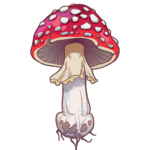Western Redcedar
Thuja plicata
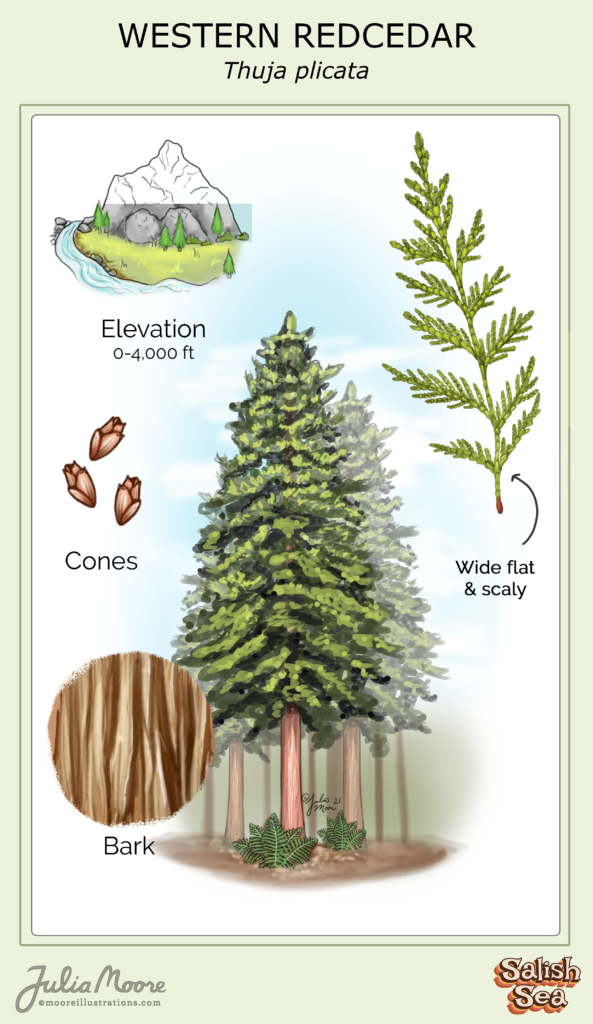
Western Redcedar is a prominent evergreen tree species native to the Pacific Northwest region of North America. This coniferous tree is renowned for its durability, versatility, rot resistance, and cultural significance, playing an essential role in both the natural ecosystem and the human landscape of the region.
Ecological Importance
Western red cedars are integral to the temperate rainforests of the Pacific Northwest, contributing to the region’s unique biodiversity. These trees often grow in mixed forests, providing valuable habitat for various plant and animal species. As they decompose, fallen branches and needles from Thuja plicata create a nutrient-rich environment, fostering the growth of mosses, ferns, and fungi. This decomposition process contributes to soil stabilization and erosion prevention, particularly in riparian zones.
Associated Mushrooms
Western red cedar does not form symbiotic relationships with mushroom-producing fungi as many other conifers do, so the mushrooms found nearby are limited to parasites and decomposers. Western redcedar does connect with a network with fungi however these arbuscular fungi do not produce the familiar mushroom.
Economic Significance
The wood of the western red cedar is highly valued for its straight grain, natural resistance to decay, and aromatic properties. Thuja plicata has long been a vital resource for the timber and construction industries, with applications ranging from outdoor structures to interior paneling and shingles. The wood is also used in the production of specialty products, such as musical instruments and traditional indigenous art.
Cultural Importance
For indigenous communities in the Pacific Northwest, the western red cedar holds immense cultural and practical significance. Traditionally, Thuja plicata has been used for constructing totem poles, canoes, longhouses, and other structures. The tree’s bark and roots have also been used for creating baskets, clothing, and rope, while its medicinal properties have been harnessed for treating various ailments.
Cones
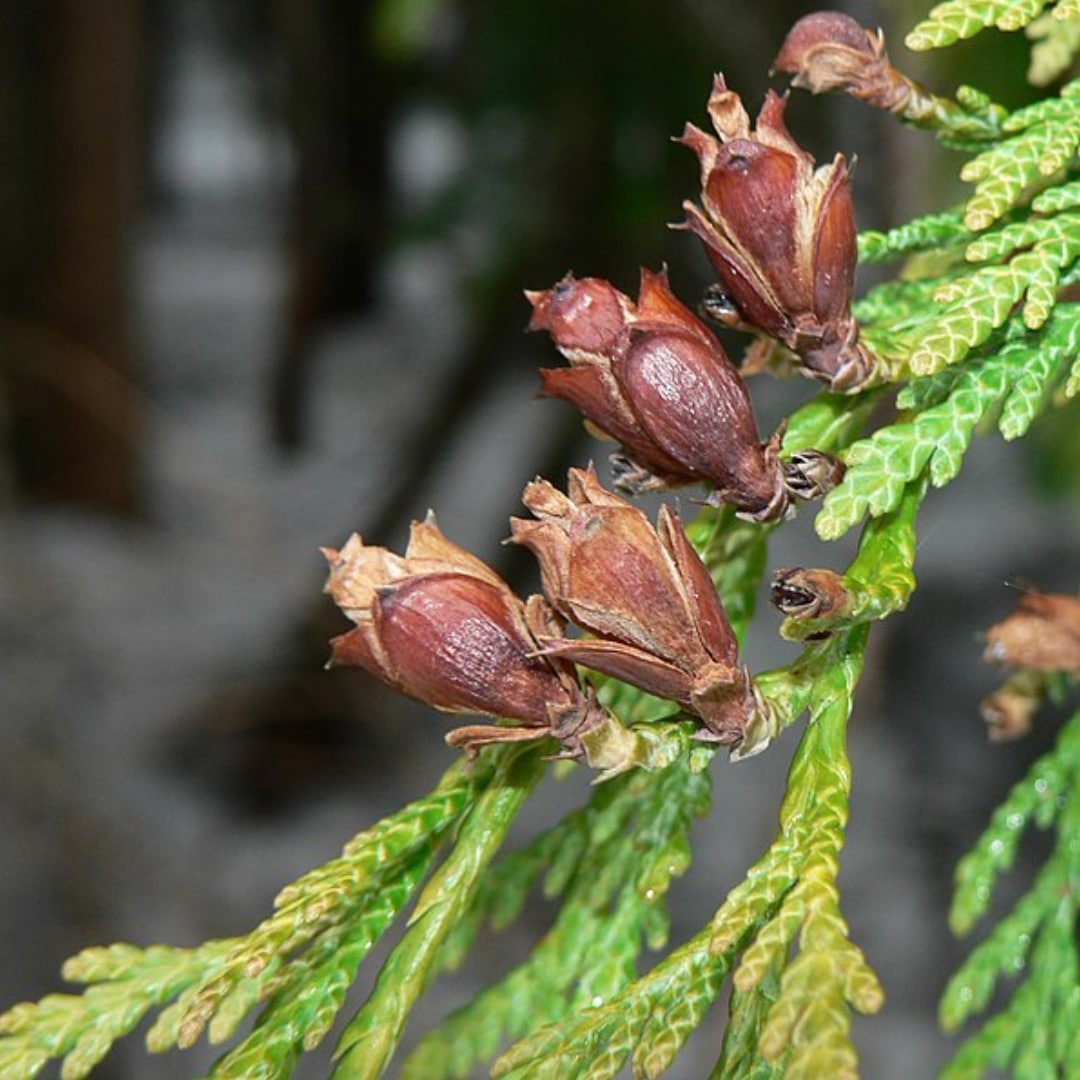
Cones (Female)
- Appear short and stubby
- Grow in clusters
- Brown
- Grow upward when mature

Cones (Male)
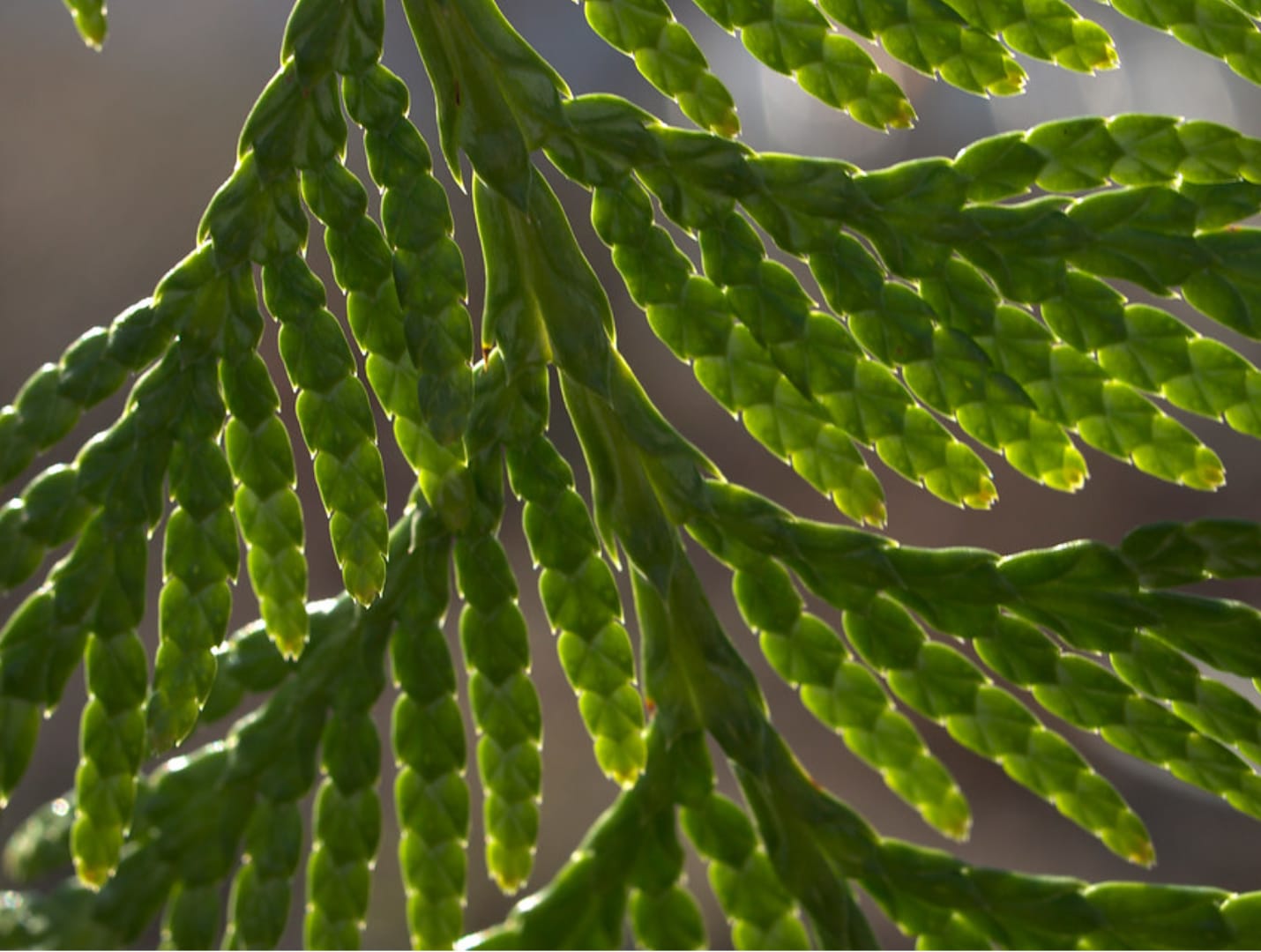
Leaves (needles)

Bark
Distribution of Western Redcedar in Washington state
Western Redcedar (Thuja plicata) is a tree species native to the Pacific Northwest. This tree thrives in moist, cool environments, often found along streams, rivers, and moist forested areas. Western Redcedar prefers low to mid-elevation settings, where the soil is well-drained yet retains moisture. The tree is commonly found in mixed conifer forests, alongside species like Douglas Fir, Western Hemlock, and Sitka Spruce.
In Washington State, Western Redcedar is well adapted to the region’s temperate rainforests, especially in the western part of the state where rainfall is abundant and the climate is mild. These trees can also be found in riparian zones, areas near bodies of water, where the soil’s moisture content is naturally higher. Their tolerance for shade and ability to grow in various soil types, including wet, swampy areas, make them a versatile and important component of the state’s forest ecosystem. The presence of Western Redcedar is a key indicator of a healthy, moist, and mature forest in Washington’s varied landscape.
Mushrooms Associated with Western Redcedar
Flammulina
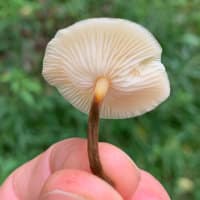
Fomes fomentarius
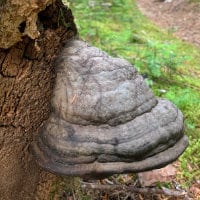
Ganoderma

Hygrocybe
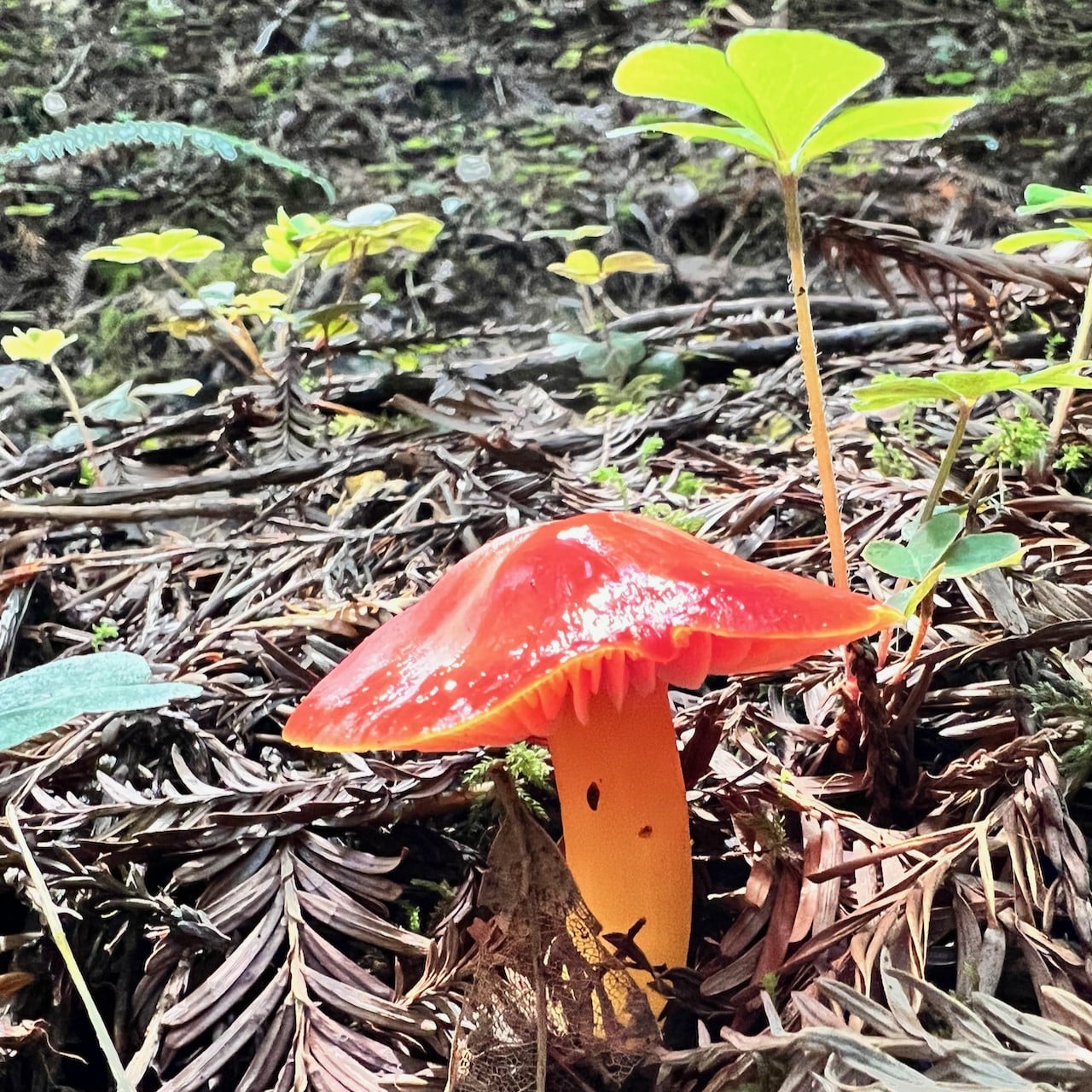
Hypholoma capnoides
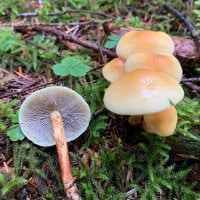
Laricifomes officinalis
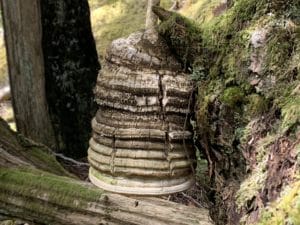
Laetiporus conifericola
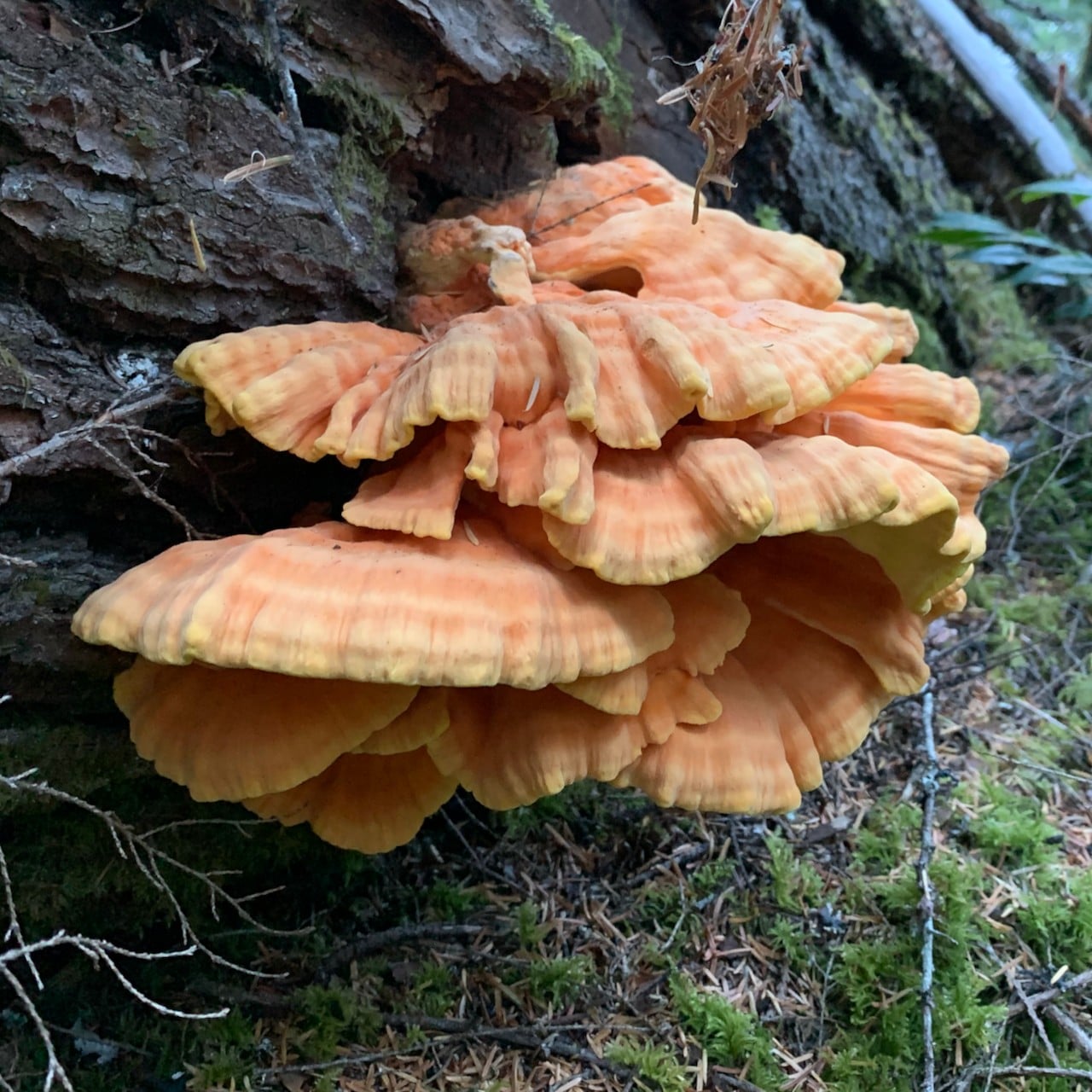
Blewit
Collybia nuda
(previously Clitocybe or Lepista nuda)

